Just finished up this small painting and thought I’d share a little bit about the materials and tools I used to make it. This one was done in graphite and oil on yupo paper using all kinds of different tools and layers. (see below for more about that).
The first stage was drawn in graphite, as a late-night mark-making exploration using pencils, graphite powder, brushes and a spatula. I use dry graphite powder as well as water soluble graphite, and I like the different effects that I’m able to achieve with each of them. This particular painting was painted on yupo paper. When using graphite, I also like to work on claybord and various papers too, such as hot-pressed watercolor paper, gessoed book pages, and smooth textured papers with a bit of tooth to them.
I’ve mentioned in other articles, that the beginning stages of my paintings, especially during and just after the initial mark-making a lot of times are something very much like cloud-gazing in terms of pulling form from the abstract marks, where I find images in the abstract and start to paint them into the image. I didn’t take a lot of process shots of this one, but I wanted to share a bit about the tools and some about inspiration.
Here is an image of a few recent pieces in graphite in various stages, with the tools I tend to use most when using graphite:
Graphite powder – I use this for first lay-ins on an empty page to cover broad areas, as well as dip into it with all shapes and sizes of brushes to make all sorts of marks. I use it dry as well as with water.
Water-soluble graphite – for basically the same as what I mentioned for graphite powder, but because it’s in a small block like watercolor, it’s essentially used just like watercolor is used – for anything from washes to details.
Water – for use with water-soluble graphite and the graphite powder
Isopropyl alcohol – for pick-out and “erasing” as well as for blending in a watery effect sort of way. It works as a resist to water as well, like oil and water do, and gives some really great effects that are unpredictable and fun to watch in action.
Pencils – mechanical pencil for smaller detail work, Blackwings also for detail work as well as some shading of smaller areas, woodless pencils for details as well as using the broad side of the pencil. Because it’s woodless, you can lay it on its side and get a broad stroke that way or shade in areas as well.
Brushes – mops and larger sables for softening and for laying in large areas of graphite powder, small sable rounds for details similar to what pencils can make, all shapes and sizes of brushes in both sables and bristles for different effects – both with water and without. The larger utility bristle brushes make some really great textural brush strokes with striations.
Erasers – I tend to use an eraser as more of a drawing tool and not just for fixing mistakes. Here are a few I use: kneaded erasers are great because you can squish them into different shapes to pick out with as well as use them on a broad flat side for erasing large areas or if it’s got some graphite on it, it can be used as a blender. I also use a kneaded eraser as a stamp tool by pressing it against something with a texture and then pulling it off and using that imprint to pick out from graphite powder. I use click-out plastic erasers in different sizes for different marks, and the eraser pencil that is a smear-free eraser and has a brush on the end for whisking off the drawing after erasing.
Rubbing stumps – I don’t use these a lot, but sometimes I do for blending smaller areas.
Silicone spatula – used with water-soluble graphite and/or graphite powder when using it with water to cut into with the edge and create some hard edged marks and to smear the watery graphite around too.
Once the graphite painting is at a point where I want to add paint (in this case, I used oil on top of the graphite), I seal the piece first with spray fixative, and then coat it with matte medium. Wait to dry, and then paint on top. I will do this when I use acrylic too so that the graphite doesn’t wipe around or rub away or blend into the acrylic.
Once I’m using oil, I will tend to use the same materials I’ve listed above but have separate tools I use for oil painting than I do for graphite. You can see many other articles I’ve posted here on Muddy Colors to read more about how I use these tools for oil painting and the types of marks I make with them.
I’m continuously inspired by nature, and spend a lot of time geeking out on the textures of everything – from organic to man-made, from tiny and up close to large and far away, light and/or colorful to dark and/or monochromatic, high contrast to low contrast. I’m always admiring those kinds of things in everything around me, and my interest in all of that is a big influence on my work. I find myself wanting to emulate all variations of textures and marks when making my art, in all kinds of mediums and using all sorts of tools. It’s always sort of a quest I’m on in my work, and I really enjoy the challenge of attempting something new to create based on that inspiration. I find graphite powder and water-soluble graphite to be a really great medium to emulate a lot of these natural textures. Paint does as well, and the combination makes for some exciting results.


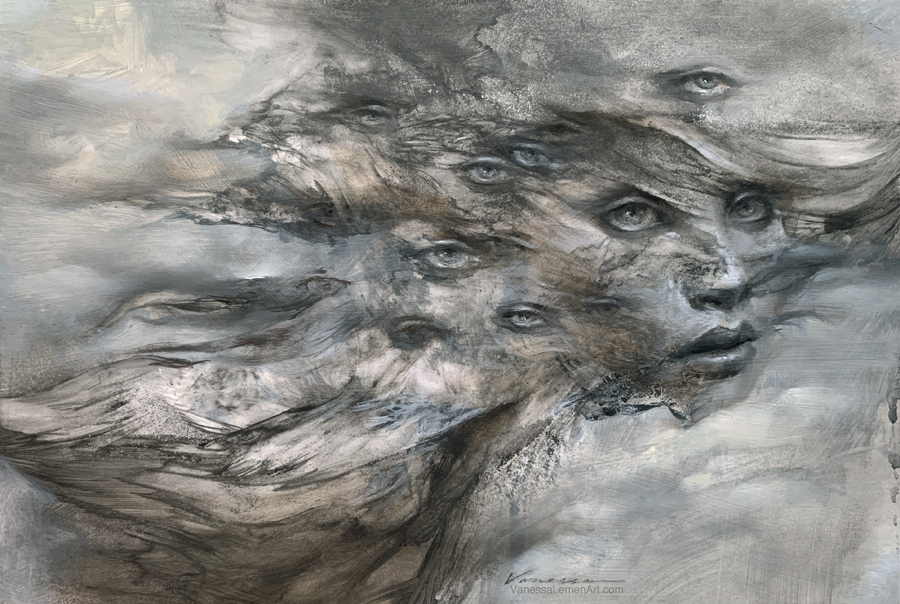
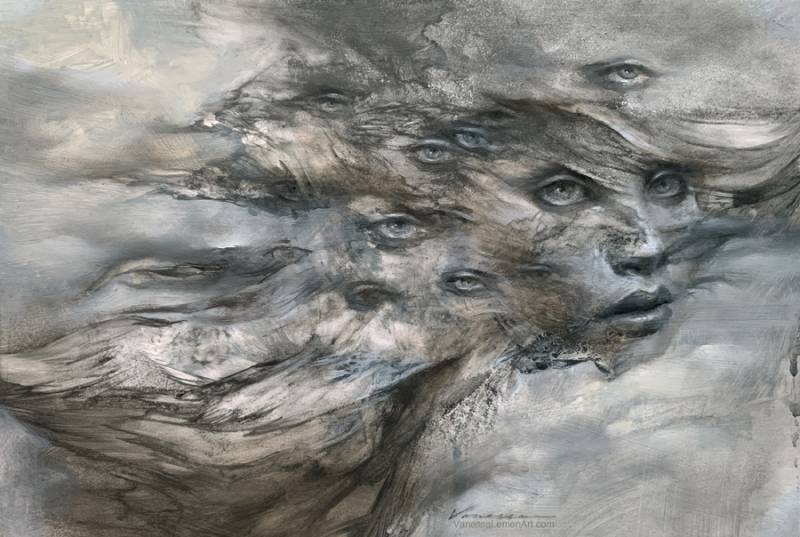
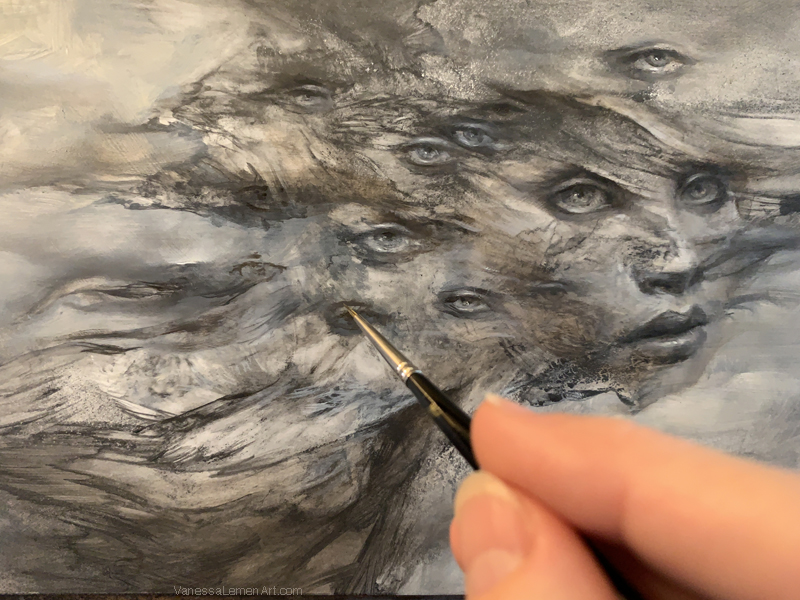
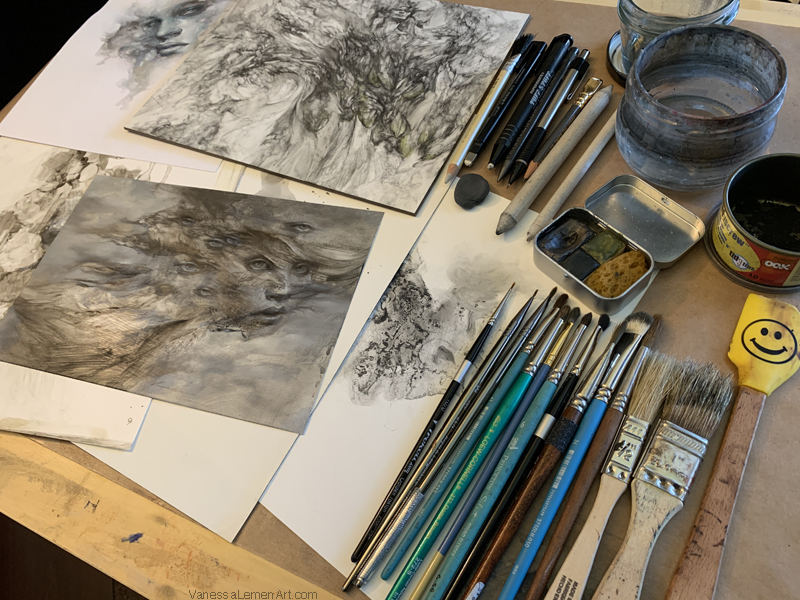

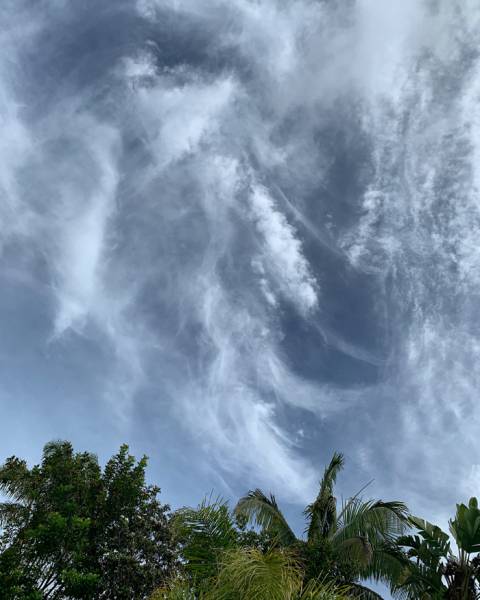
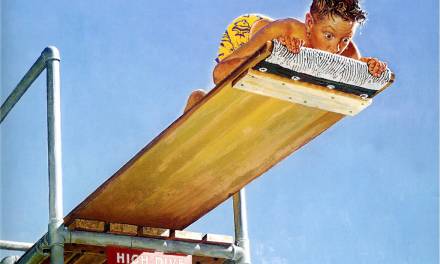
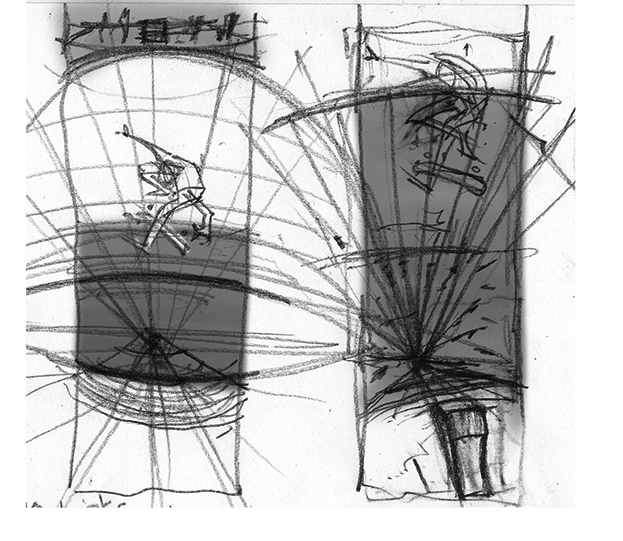
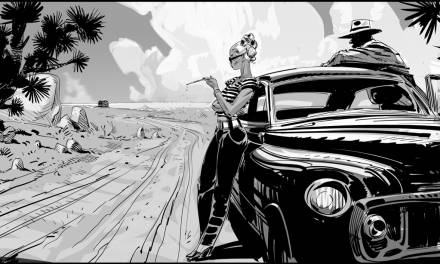
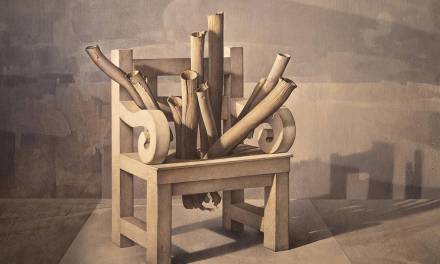
Lovely piece and very insightful article! Thanks for this.
Do you enjoy Yupo paper? Not too slick for most mediums to stick to?
Hi Nico. Thank you. To answer your question regarding yupo paper.. I do enjoy working on it a lot. I think the second part of the question is more a personal preference and temperament or tendency/experience kind of thing, but in general, I’ve found that it’s not too slick for anything I’ve tried on it. The media I’ve tried using on it are: ink, watercolor, graphite, acrylic, and oil. It is slick and less absorbent than most papers and self-gessoed panels, but more absorbent than many pre-gessoed masonite panels too. It’s much less absorbent than claybord. Also, it’s very smooth, yes, but still has some tooth to it, and graphite, for example, works very well on it. If you use ink and/or watercolor on paper, you’ll find that using those on yupo will allow for more time that it sits on the surface so the media tends to have a more malleable quality to it than when used on paper. You can also erase ink off of yupo for a bit of time while working too. Erasing can be done with erasers and/or water and alcohol too. As for acrylic and oil, these work very nicely on it too. My suggestion would be to give it a try and see how you like it, and if using it for the first time, allow it to also show you what you can use it for. Hope that helps, and thanks again. 🙂
Thank you very much, Vanessa!
Have some A4 and A3 sized pads of Yupo, but haven’t actually tried to do anything with them yet. The big advantage of it seems to be that it doesn’t buckle with wet media, on the other hand I am unable to get graphite to stick in such a way that dark darks can be achieved (my Yupo is by Lana, extremely smooth).
Will not give up on it yet though!
Thanks again for the article and in depth response.
5 Ways to Fix | Your Organization’s Data Cannot Be Pasted Here
This guide shows you 5 ways to fix problems on Windows and Mac computers that cause the “Your organization’s data cannot be pasted here” error.